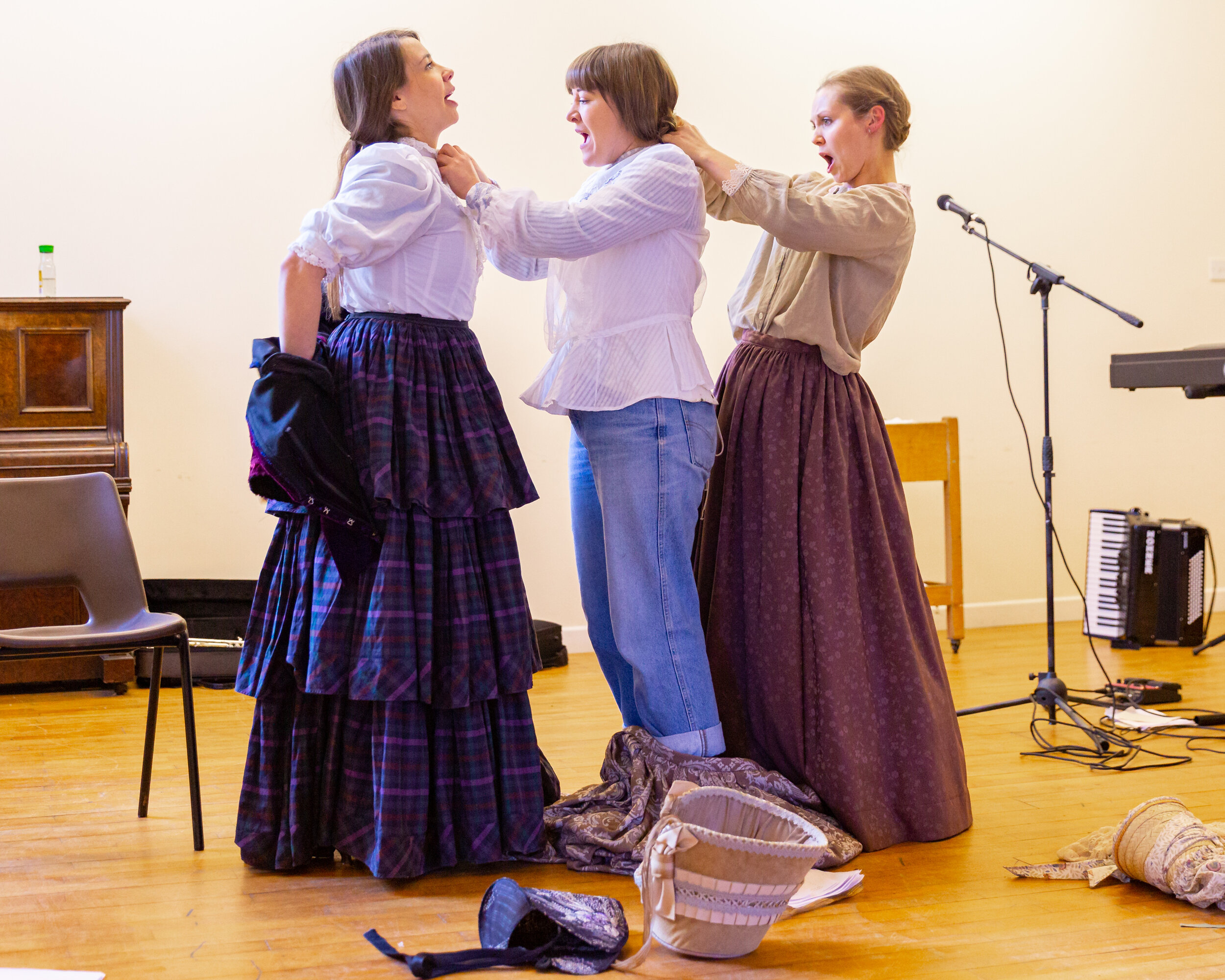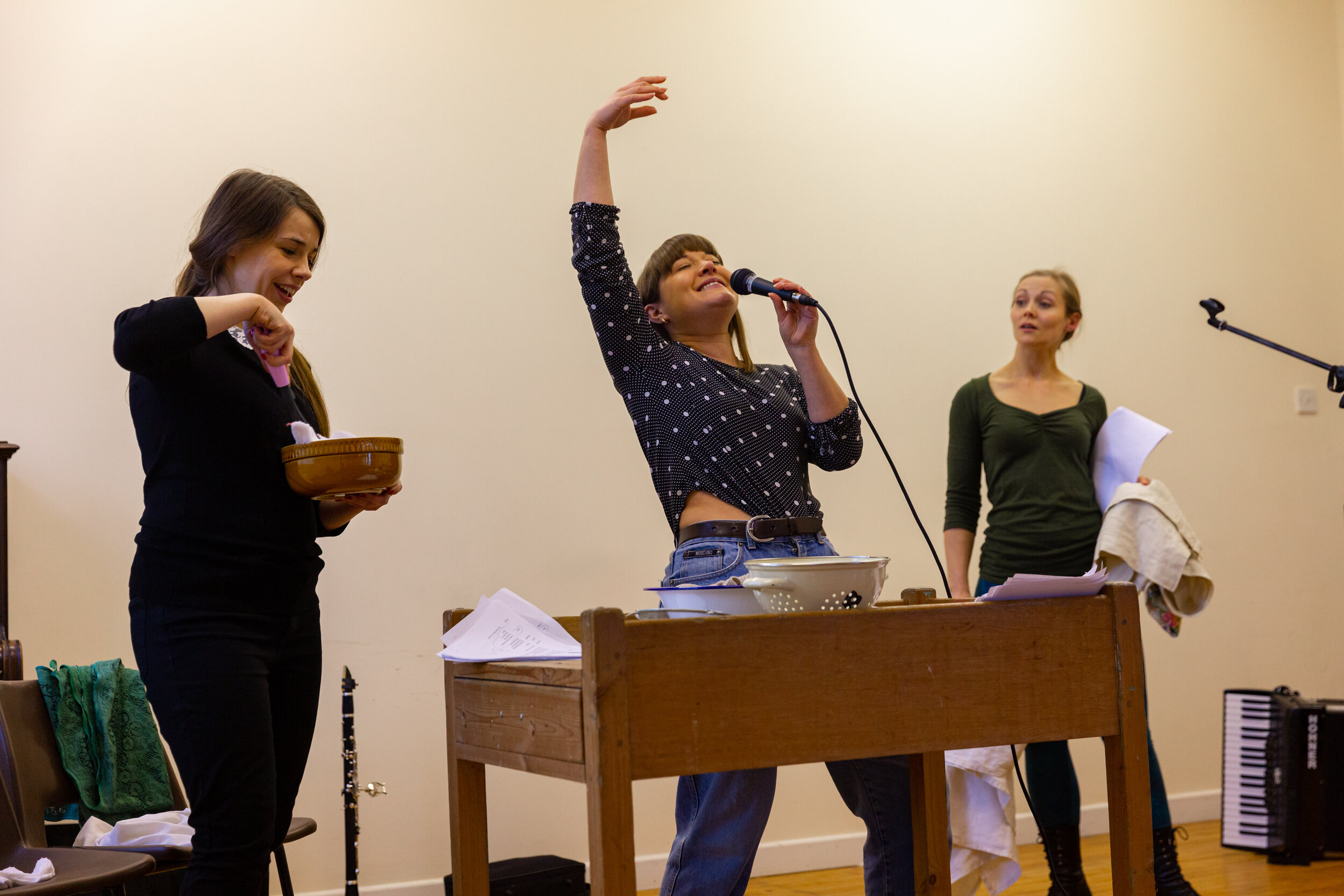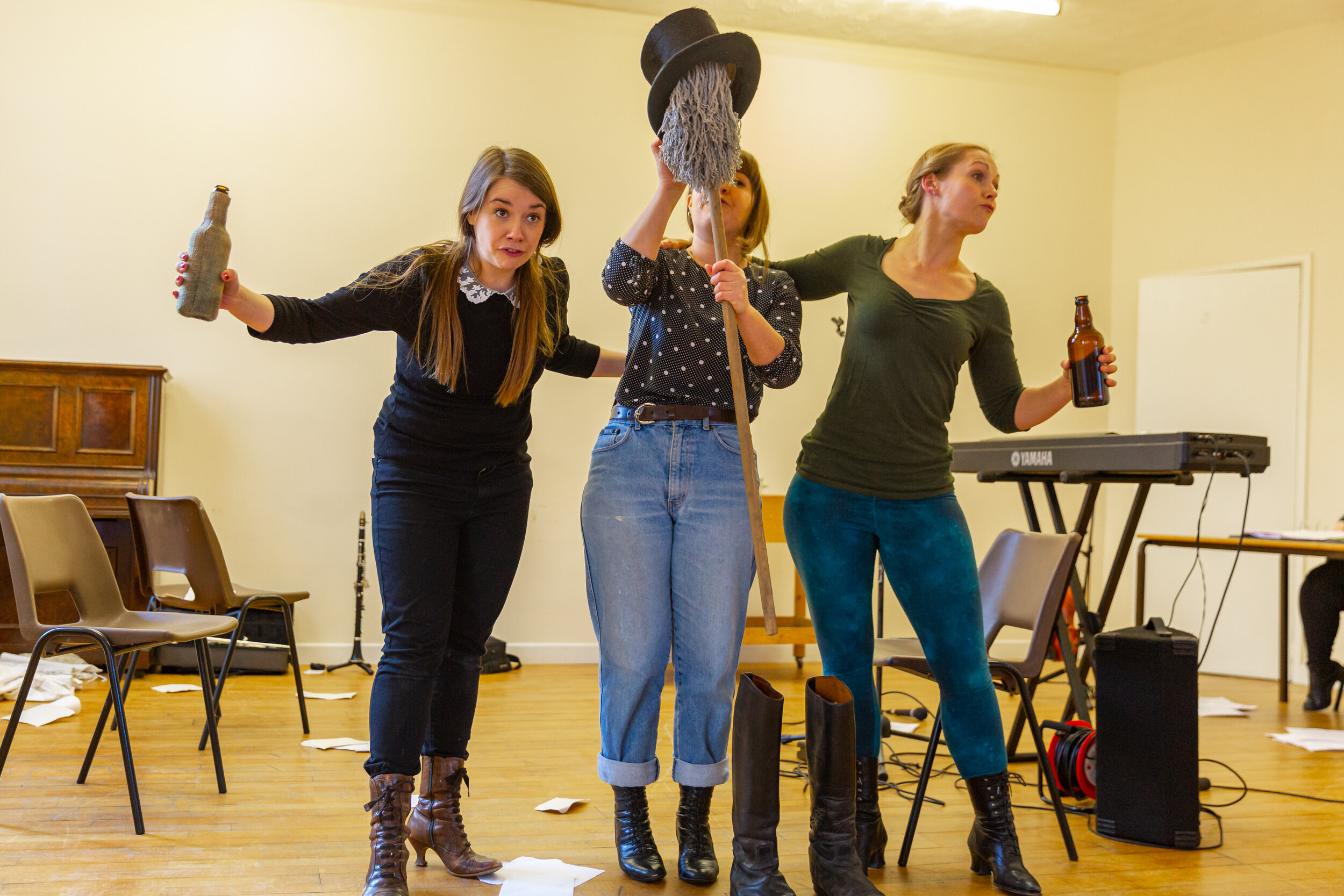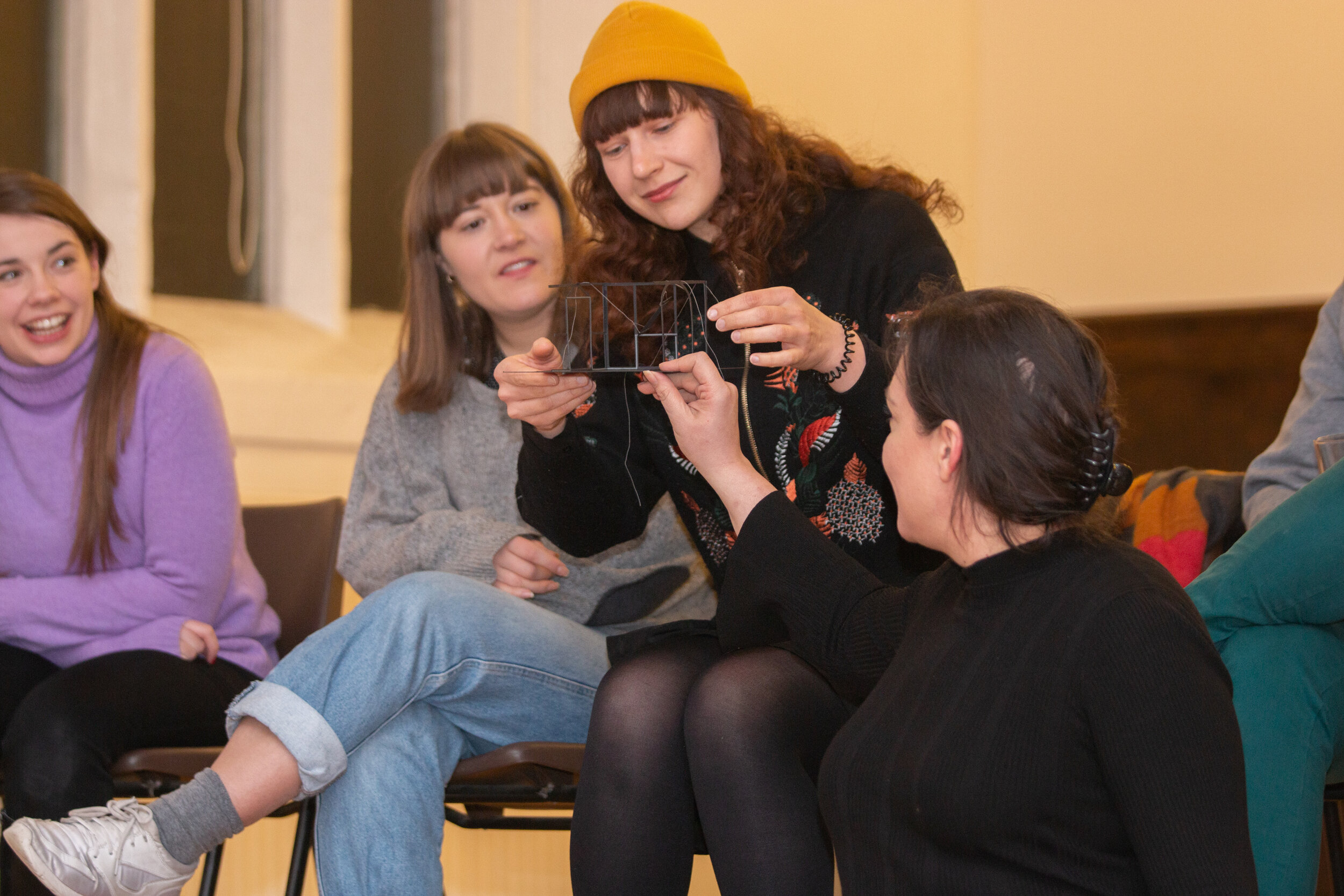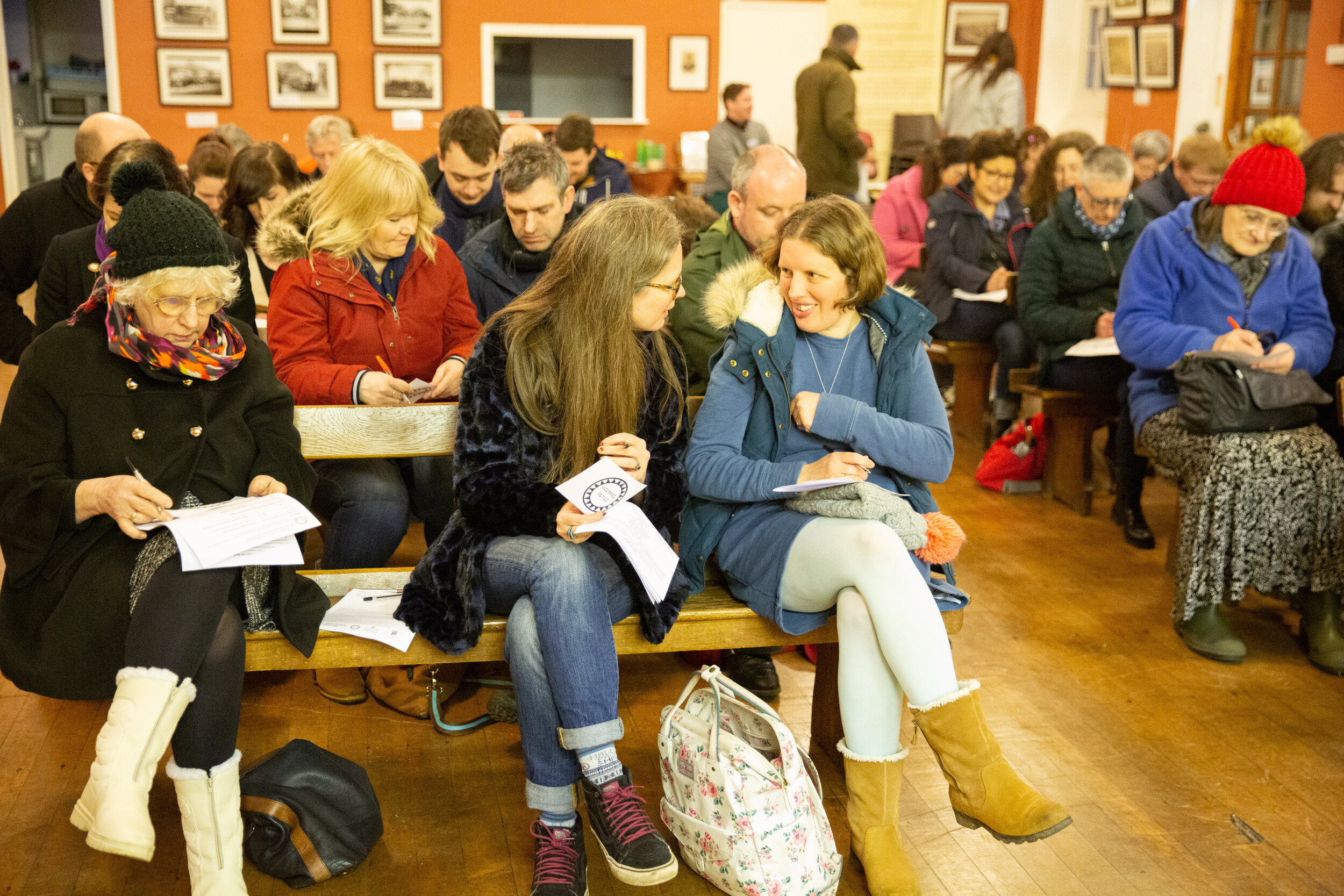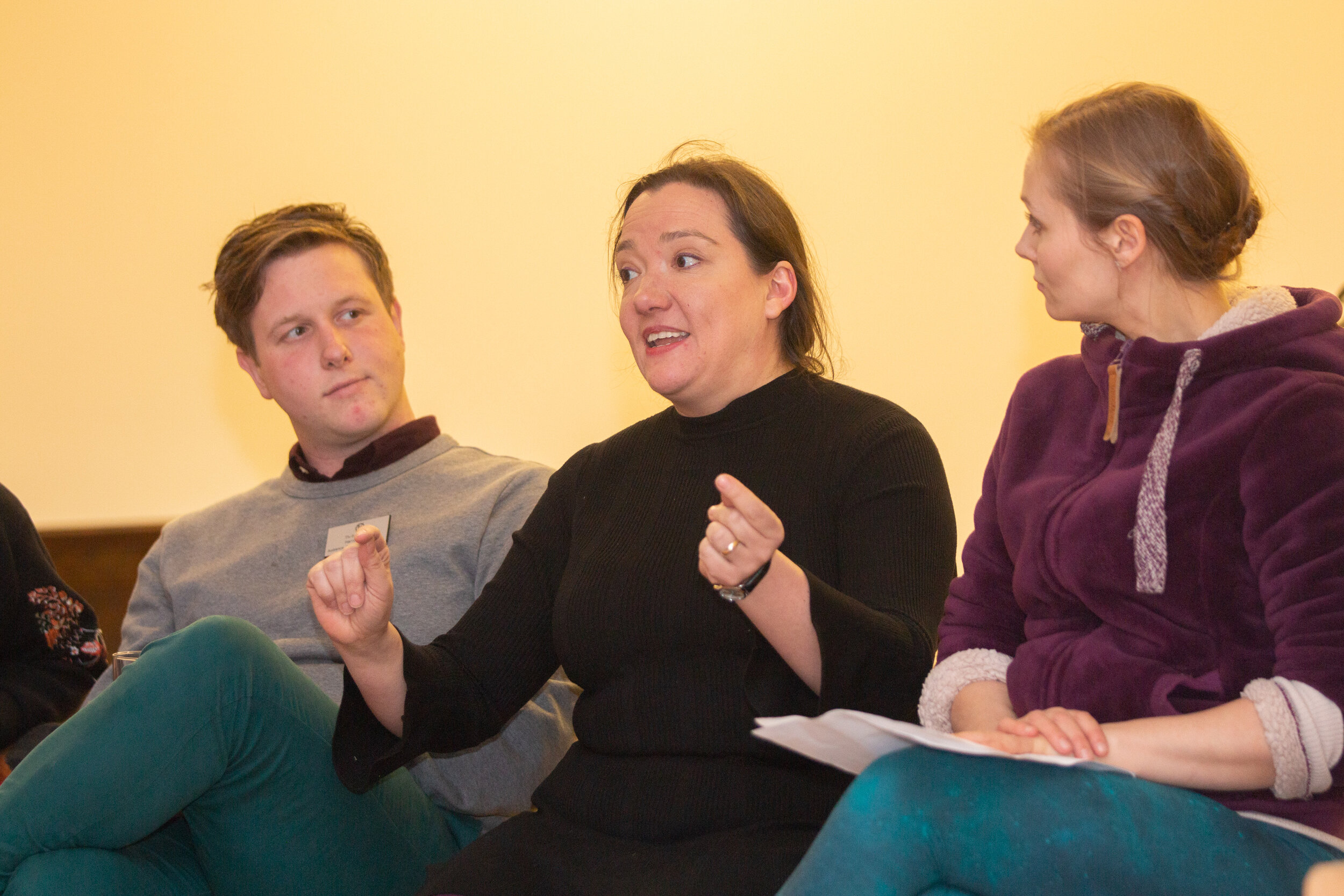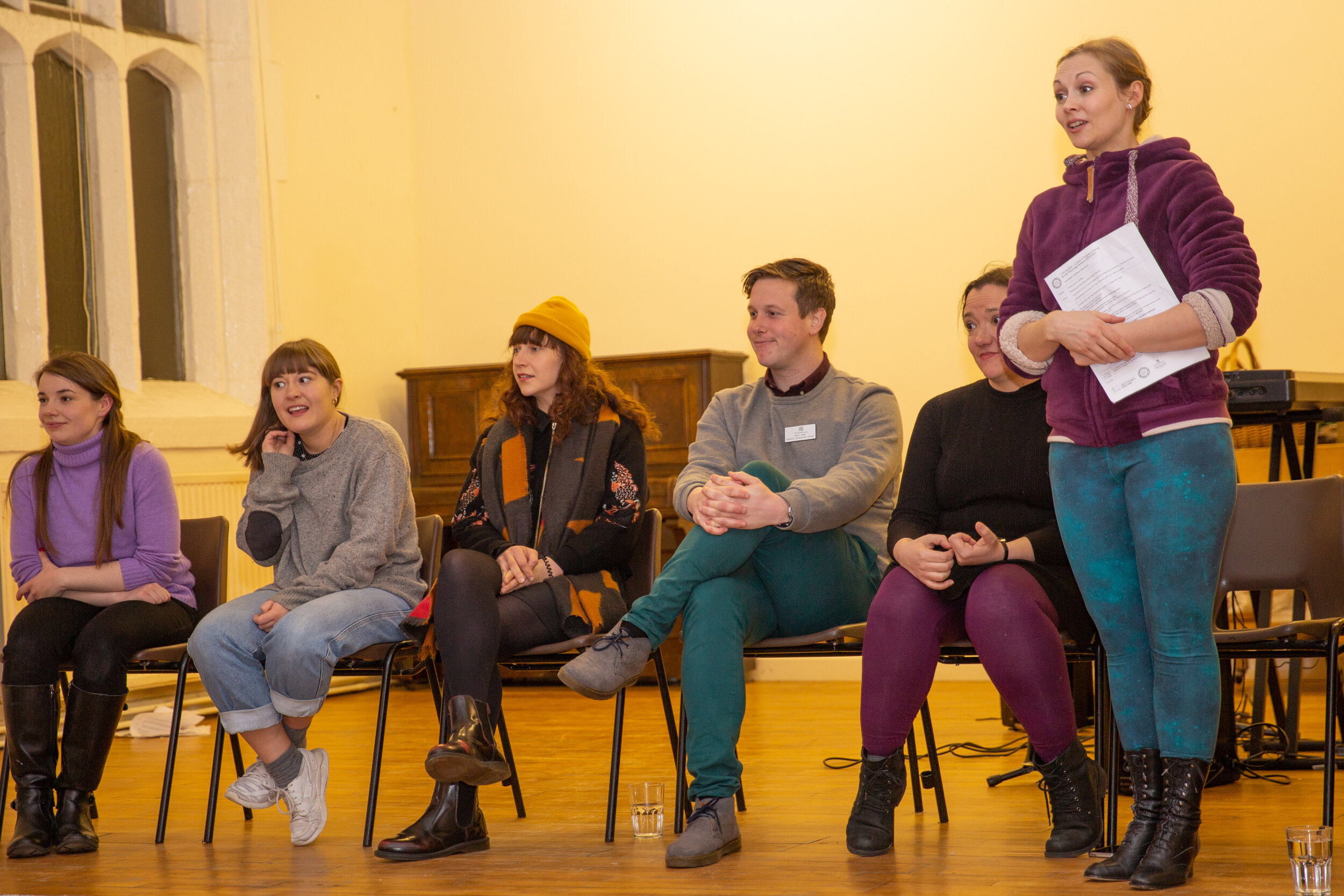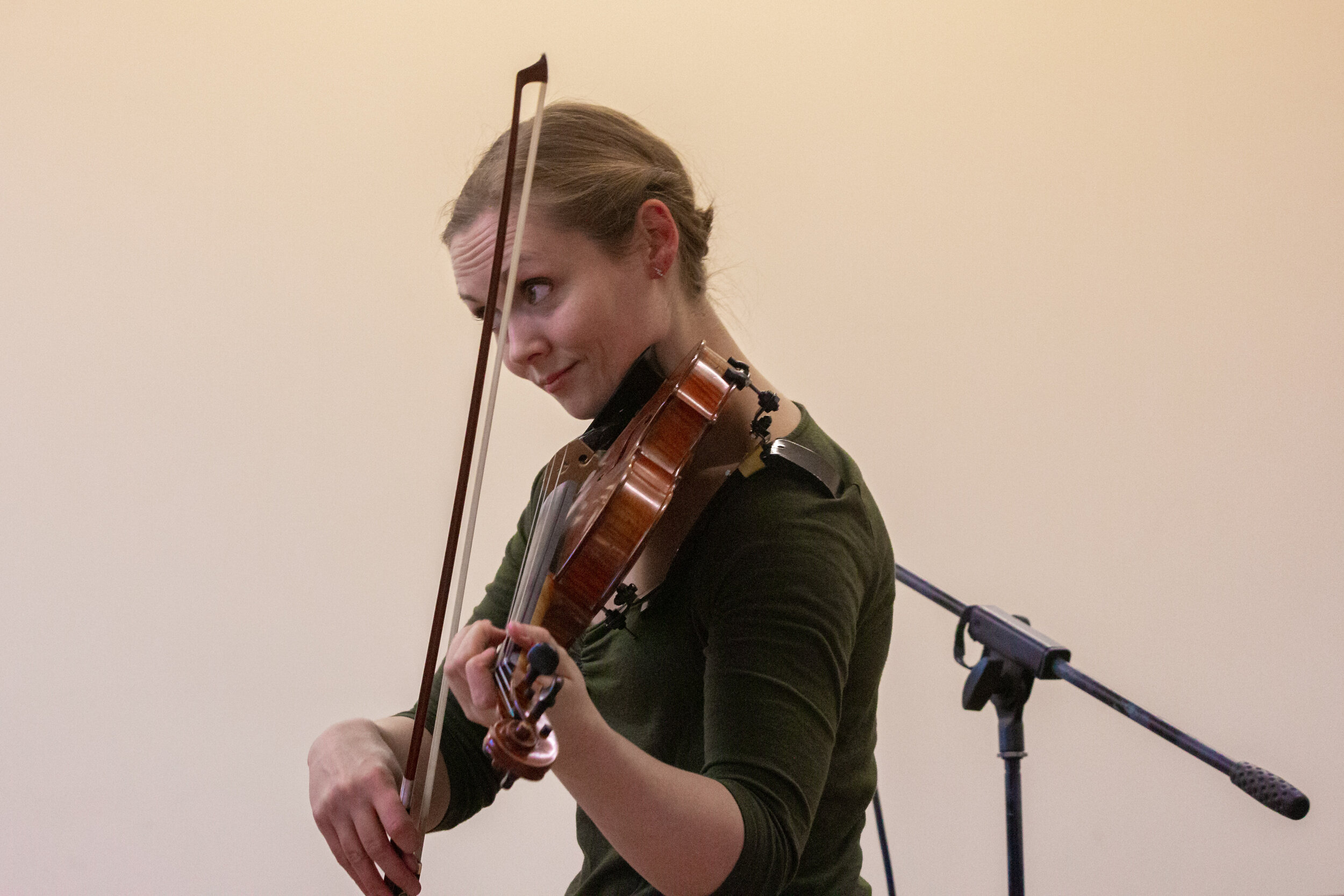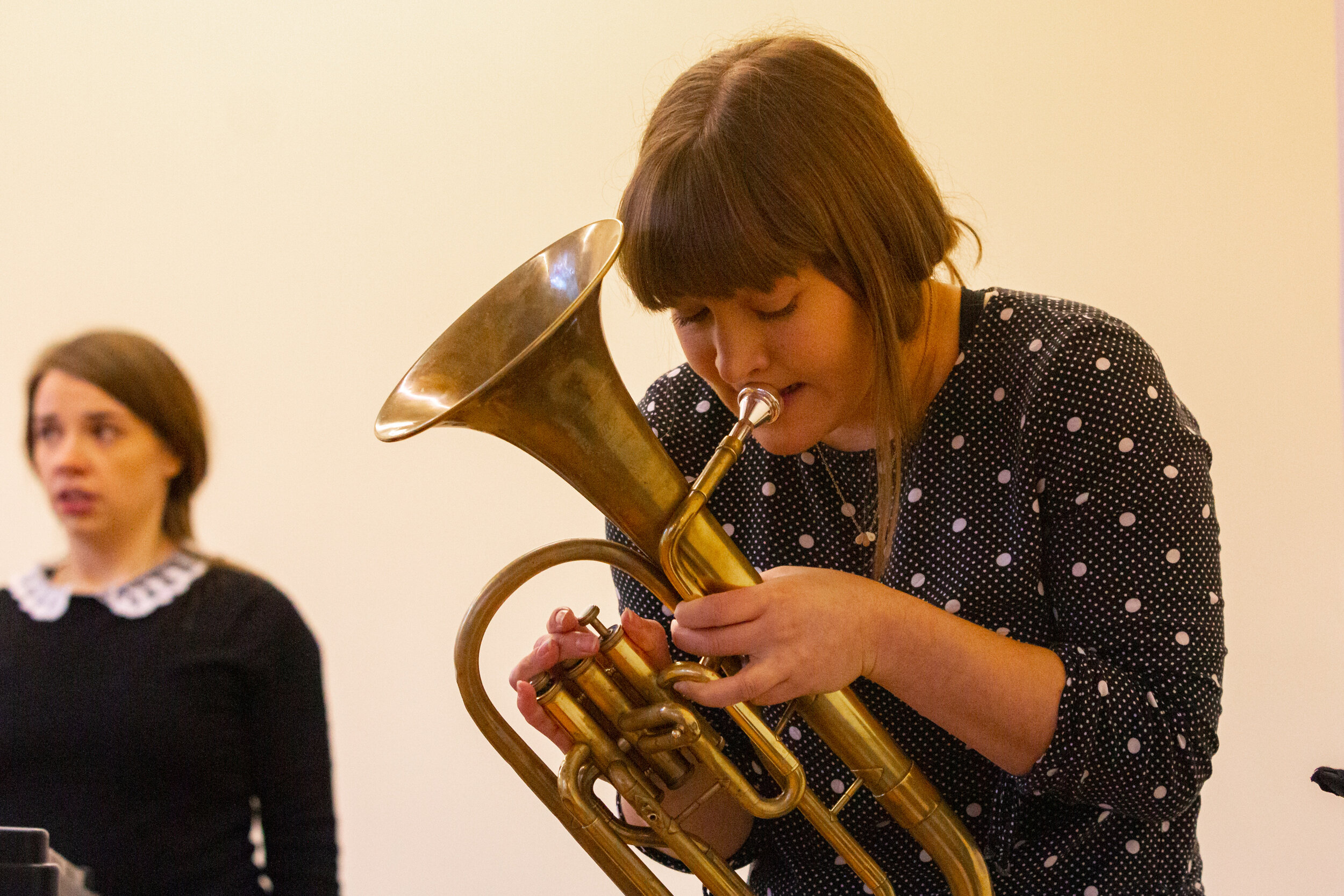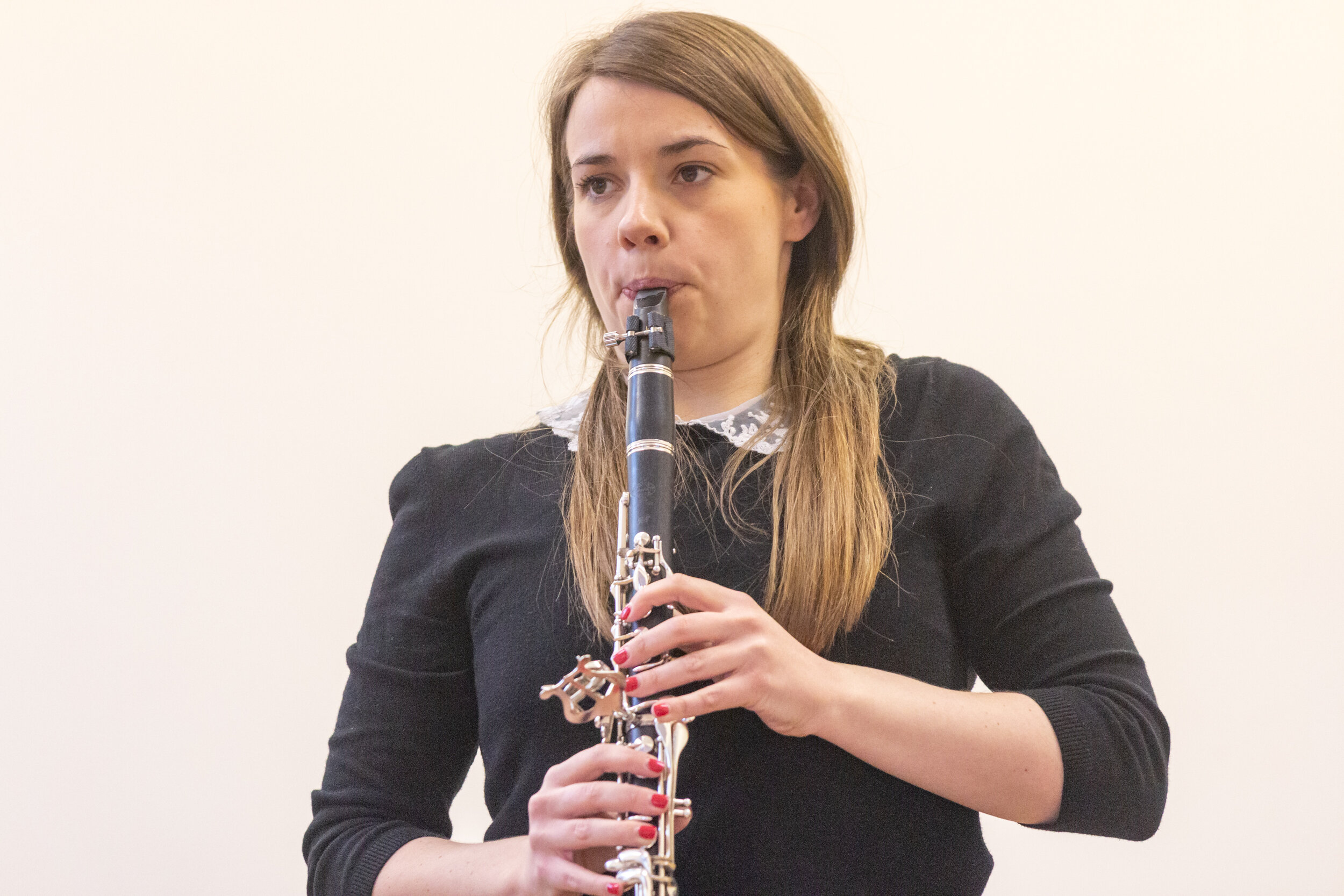I Am No Bird
A Reflection on the Power of Making Art Together.
By Sophia Hatfield
It’s been a turbulent few weeks. After three weeks of lock down, a remote rehearsal process, countless online meetings, spreadsheets, funding applications… I’m still struggling to get my head around what’s happening in the world right now. This is something that was totally beyond my realm of comprehension. I realise I am in an extraordinarily privileged position. People across the world are living in conditions far worse than I’m ever likely to face. People living on the same street as me are facing much harder challenges. Sometimes it feels trivial to be concerned with making theatre during such a crucial time.
I’ve been working hard over the past few weeks to make online education videos, hopefully giving our young adult audiences a new route into finding their own creativity. The live stream of our award winning show ‘Common Lore’ will be beamed into living rooms on the 25th April.
You can sign up to the live stream and free education content below:.
Despite feeling incredibly busy, none of this is a replacement for human connection. I miss my creative team. I miss the communities and audiences I work with. I miss the face-to-face meetings, the rehearsals, the workshops, the auditions, the collaboration. I miss the joy, the laughter, the glorious chaos of a creative room. So it feels like the right time to share some of the exciting work we were doing at Stute Theatre (when we were all still able to meet safely in a rehearsal space) and the work we hope to be making again in the future.
‘I Am No Bird’ is Stute Theatre’s newest play in development. Over the past six months I have been collaborating with artists and working with the wonderful team at the Brontë Parsonage Museum to create a new show that opens up the lives and works of the Brontë sisters to a new audience. Having teamed up with wonderful Director and Dramaturg Lisa Cagnacci, we have been writing, creating and discussing, whilst sitting in cars and hiking through moors. I have been running community workshops and assembling a truly talented and skilled, all-female team. Our task: to explore female creativity and the barriers we face through a Brontë-tinted lens.
We spent a joyful week with a brilliant team at the Stephen Joseph Theatre in February trying out script ideas, building character and exploring our own experiences of artistry. There were bonnets, instruments, big skirts and a Branwell puppet (made from mop, a top hat and some boots). We sang, we made music on a loop pedal, we performed the Brontë sisters’ words and framed their lives, accompanied by electronic backing tracks and live music.
We shared our work to a wonderful audience and had a rich, lively discussion about our work and where to take it next. It was exhilarating, exhausting and exciting. I am so grateful we were able to complete this stage of development.
Our task was to break the unseen cages that prevent us from making the work we want to. But in the background, Covid-19 was quickly approaching the UK. A few weeks later, we were all in lockdown.
After almost four weeks creating from home in isolation, I’m thinking of our work in a new way. I spent months running community writing workshops and discussing the incredible writing of Charlotte, Anne and Emily Brontë. I worked with groups of women and girls, fighters, survivors, creatives and crafters from all walks of life. My first task was always to ask people: “What do you think of when I talk about ‘The Brontë Sisters’?” I wanted to understand people’s preconceived ideas and assumptions. Many first thoughts were of lonely women, fainting, hiking across isolated, desolate moorlands, Victorian bonnets and stuffy domesticity. To some people this all just felt irrelevant and (for want of a better word) boring. My job was to change their minds.
A month on and isolation is a hot topic. Many people have suddenly found themselves juggling domestic chores and full time work, all confined to their homes (aside from a lonely daily hike - minus the bonnets of course). Many artists are now making incredible work from the confines of their kitchen tables out of simple necessity.
Society makes assumptions about art forms traditionally associated with what I’ll tentatively call ‘the female realm’. The skill & creative eye required to stitch, embroider, crochet, or knit is frequently overlooked in favour of other visual art forms. The sheer physical labour and project management needed to keep a family home running, or to care for a child or vulnerable person is frequently unseen and unsung. Female artists, writers and makers still have less of a platform. As a female artist, I’m well versed in the assumptions people make about my work. As a woman, I’m well versed in the thankless routine of domestic life. But I’ve always thought there was far more to be gleaned from the lives and work of each of the Brontë sisters.
I struggle to refer to myself as a writer. I’ve written five scripts in the past four years, however I still see myself as a theatre-maker. It’s difficult for me to write without working with others. My craft as a maker happens in the rehearsal room, in collaboration with directors, dramaturgs, designers, stage managers and other performers. My ideas are sparked by discussion, conversation, physical work and play. For me, writing isn’t calm, solo work. It’s physical graft, best done in good company.
When I think of the Brontë sisters working away at the Parsonage, I don’t imagine them silently scribing poems, isolated, lost in their own thoughts. I imagine them deep in discussion, testing ideas and forming arguments. I imagine Charlotte on her feet, pacing, as she pinpoints the precise combination of words to describe the rage flowing through her. I imagine Anne, elbow deep in soil, firing new points of view at her sisters, as she plants and plots to unearth a future narrative. I imagine Emily kneading dough, devising scenes and discovering her stories aloud. I imagine them travelling, hiking, teaching and crafting. I imagine them lifting, sifting, stitching and grafting. I see them honing their words out loud and on their feet.
Their world may seem isolated at first glance, but I think their work was shaped by an active connection with others.
I’m a resilient artist. I’m working as hard as I can, on everything I can during this lock down. I want our community of artists and creatives to survive this period. I’m feeling positive about the digital work I’m exploring and I’m throwing myself into learning these new skills. It could be a while before we find ourselves a new normal. It could be a while before our beloved theatres, museums, libraries and community spaces can open up. But when they do, I can’t wait to get back into the rehearsal room and back into the community. Because there really is no replacement for collaboration.
Photos of the ‘I Am No Bird’ Work-in-Progress Sharing at Brontë Parsonage Museum. Photos by John Sargent.
Sophia Hatfield and the Stute Theatre team would like to thank The Brontë Parsonage Museum, The Stephen Joseph Theatre, Manchester Libraries, Creative Scene and Kirklees Libraries.

